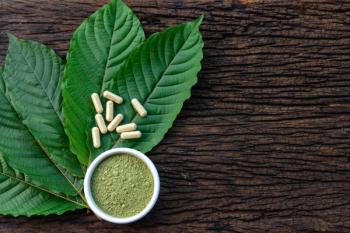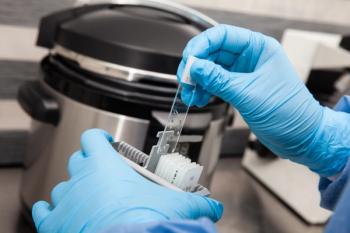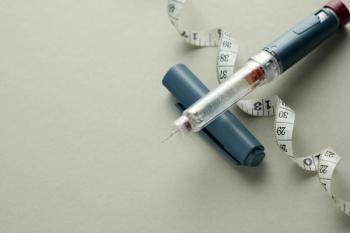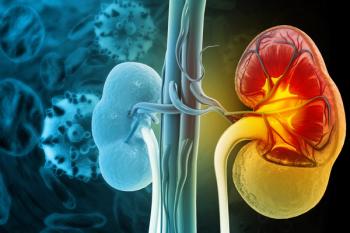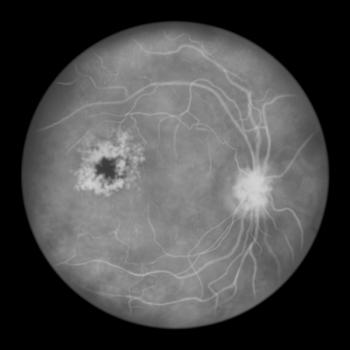
First Interchangeable Biosimilar to Insulin Found Noninferior Insulin Glargine for Diabetes
Insulin glargine-yfgn is more affordable than the reference product and patients do not require prescriber authorization switch.
Insulin glargine-yfgn 100 units/mL (Semglee; Biocon Biologics) is the first FDA-approved interchangeable biosimilar to insulin glargine (reference biologic) that patients with type 1 and type 2 diabetes (T1D and T2D, respectively) can access without prescriber consultation. A recent review published in the Journal of Diabetes Science and Technology found that the biosimilar demonstrates nearly identical pharmacodynamic and pharmacokinetic properties, and noninferior glycemic efficacy.
“Based on evidence from clinical trials, insulin glargine-yfgn is expected to perform equivalently to reference insulin glargine regarding blood glucose control with a similar adverse effect (AE) profile,” the study authors wrote in the paper.
INSTRIDE 1 was a multicenter, open-label, randomized study comparing insulin glargine-yfgn to reference insulin glargine, with a primary endpoint of hemoglobin A1c (A1c) change from baseline. Insulin glargine-yfgn was noninferior at 52 weeks, changing mean A1c by 0.21% compared to the reference biologic (0.25%).
Results from the INSTRIDE 2 trial, which evaluated mean A1c change in patients with T2D on oral medications, also determined that insulin glargine-yfgn is noninferior to insulin glargine. At 24 weeks, insulin glargine-yfgn reduced A1c by 0.60% compared to insulin glargine, which reduced A1c by 0.66%. The INSTRIDE 3 study showed that neither the interchangeable biosimilar nor reference biologic impacted efficacy in adults with T1D.
These trials also showed that insulin glargine-yfgn is safe and has a similar immunogenicity profile to the reference biologic for patients with T1D or T2D, whether given as a monotherapy or alongside insulin lispro. The most common AE associated with insulin glargine-yfgn included hypoglycemia.
Biosimilars are large, complex molecules derived from living tissues. Biosimilars can be as effective or safe as a biologic, but they may have slight variations of proteins that cannot be copied exactly. In effect, there can be no such thing as a generic biologic. Prior to 2020, this posed a problem because insulin was classified as a drug so manufacturers could not make generic insulin.
However, in 2020, all insulin products were reclassified from drugs to biologics under the Biological Price Competition and Innovation (BPCI) Act of 2009. Once reclassified as a biologic, manufacturers could produce biosimilars of insulin that were no longer patented or expired.
“As more analog insulin products’ patents expire, more biosimilar products may become available,” the study authors wrote.
On a similar note, diabetes diagnoses are expected to grow, which could increase the economic burden on health systems and patients. Biosimilars offer a more affordable alternative to insulin that pharmacists can substitute to reduce health care costs, and “entering a new era of interchangeable biosimilar insulin could lead to a more competitive insulin market,” the study authors wrote.
Challenges remain to be overcome to improve uptake of biosimilar products. Biologics are unstable and large-molecule compounds without well-defined structures, meaning that there is still risk associated with their efficacy, function, and safety. Further, biosimilars that are not interchangeable still require consulting a prescriber. In addition, the growing number of insulins could be confusing for patients.
“Providing appropriate education to both patients and providers regarding new biosimilar insulins will have a profound impact on biosimilar insulins becoming more widely prescribed,” the study authors concluded.
Reference
Matli M, Wilson A, Rappsilber L, et al. The First Interchangeable Biosimilar Insulin: Insulin Glargine-yfgn. J Diabetes Sci Technol. 2023 Mar; 17(2): 490–494.DOI: 10.1177/19322968211067511
Newsletter
Stay informed on drug updates, treatment guidelines, and pharmacy practice trends—subscribe to Pharmacy Times for weekly clinical insights.

